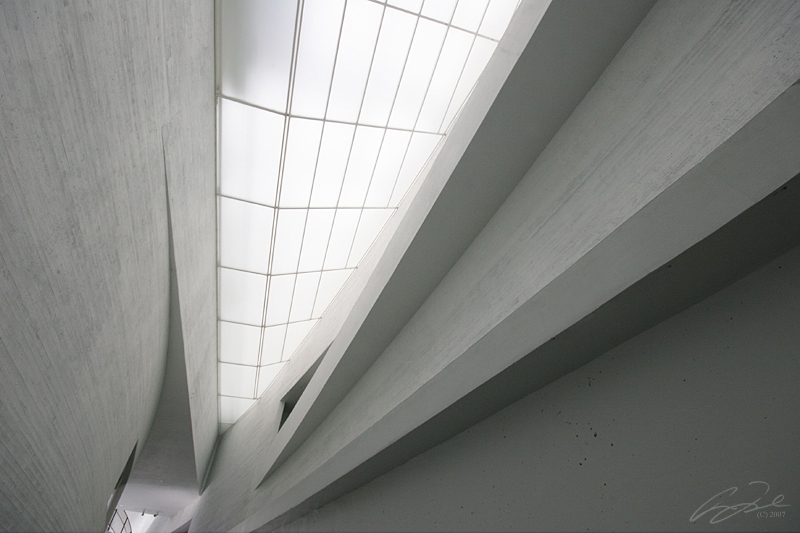London’s first ecological tall building and an instantly recognisable addition to the city’s skyline, this headquarters designed for Swiss Re is rooted in a radical approach − technically, architecturally, socially and spatially. Forty-one storeys high, it provides 46,400 square metres net of office space together with an arcade of shops and cafés accessed from a newly created piazza. At the summit is a club room that offers a spectacular 360-degree panorama across the capital.
Generated by a circular plan, with a radial geometry, the building widens in profile as it rises and tapers towards its apex. This distinctive form responds to the constraints of the site: the building appears more slender than a rectangular block of equivalent size and the slimming of its profile towards the base maximises the public realm at street level
Environmentally, its profile reduces wind deflections compared with a rectilinear tower of similar size, helping to maintain a comfortable environment at ground level, and creates external pressure differentials that are exploited to drive a unique system of natural ventilation.
Conceptually the tower develops ideas explored in the Commerzbank and before that in the Climatroffice, a theoretical project with Buckminster Fuller that suggested a new rapport between nature and the workplace, its energy-conscious enclosure resolving walls and roof into a continuous triangulated skin. Here, the tower’s diagonally braced structure allows column-free floor space and a fully glazed facade, which opens up the building to light and views.
Atria between the radiating fingers of each floor link vertically to form a series of informal break-out spaces that spiral up the building. These spaces are a natural social focus – places for refreshment points and meeting areas – and function as the building’s ‘lungs’, distributing fresh air drawn in through opening panels in the facade. This system reduces the building’s reliance on air conditioning and together with other sustainable measures, means that it uses only half the energy consumed by a conventionally air-conditioned office tower.
Appointment: 1997
Completion: 2004
Area: 64 469m²
Height: 180 m
Capacity: 4000
Client: Swiss Re
Structural Engineer: Arup
Quantity Surveyor: Gardiner & Theobold
M+E Engineer: Hilson Moran Partnership
Landscape Architect: Derek Lovejoy Partnership
Lighting Engineer: Speirs and Major
Awards
- London Planning Awards, Best Built Project – 5 Years On
- London Architectural Biennale Best Building Award
- Civic Trust Award
- LDSA Built in Quality Awards – Winner Innovation category,
- Wallpaper 2004 Design Awards – Winner Best New View:
- DETAIL Special Award for Steel
- RIBA Stirling Prize
- Dutch Steel Award – Category A,
- IAS/OAS Awards – Best Central London Development,
- London Architecture Biennale – Best New London Building,
- RIBA Award
- The International Highrise Award – Honourable Mention,
- Emporis Skyscraper Award 2003
- ECCS European Steel Design Award
- AR/MIPIM Future Project Prize – ‘Best of Show’ joint winner
Related Press Release
30 St Mary Axe wins Best Built Project Five Years On at London Planning Awards
31.03.2010
Roman girl’s remains return to City of London resting place
17.04.2007
30 St Mary Axe to appear on new 1st class stamp
20.06.2006
30 St Mary Axe voted Best New Building in London
19.06.2006
‘Building the Gherkin’ wins Prize at Montreal Festival of Films
03.04.2006
Civic Trust Awards win
31.03.2006
30 St Mary Axe wins the 2004 Stirling Prize
18.10.2004
30 St Mary Axe and Bexley Business Academy shortlisted for the 2004 Stirling Prize
18.10.2004
30 St Mary Axe, London
27.04.2004
30 St Mary Axe Awarded Major Prize at MIPIM
06.03.2003
Topping out of 30 St Mary Axe celebrated with light display
29.11.2002
Steel superstructure starts on Swiss Re London headquarters
12.10.2001

